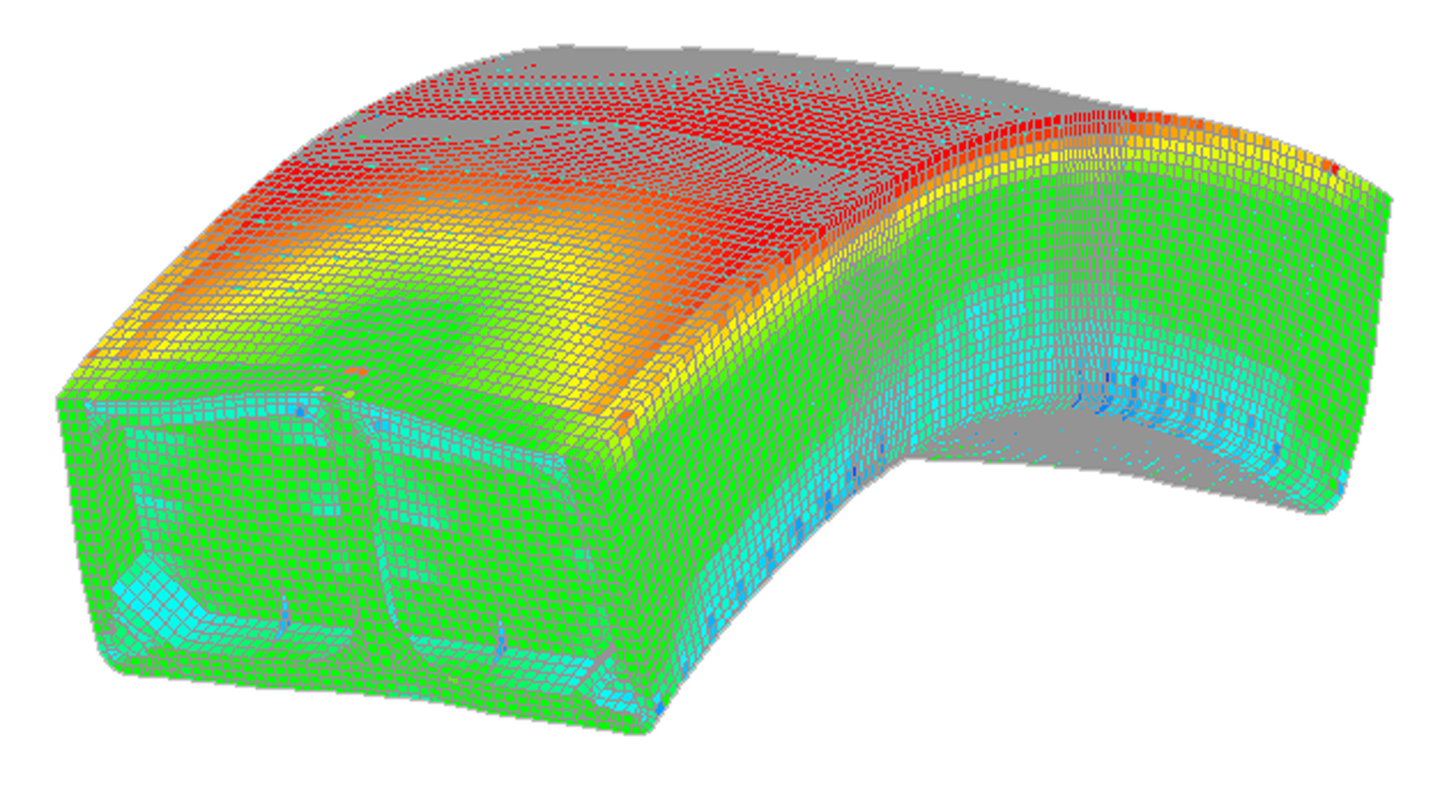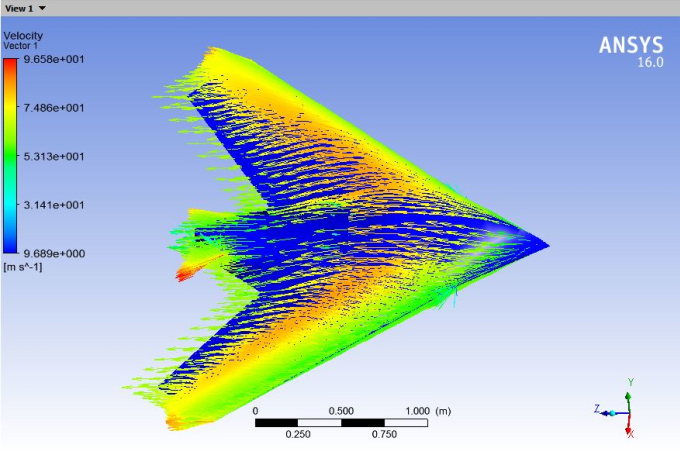

Upcoming releases will include extensions like a report generator, parametric analysis of mesh convergence, computation of linearized ASME stresses, and material libraries. Our development team is continuously improving CAEplex and adding new features, both to the interface and to the solver.
#Finite element analysis full#
Therefore, Seamplex controls the full spectrum of the computation.
#Finite element analysis free#
Even more, Seamplex, the company behind CAEplex, also developed the free and open source finite-element solver it uses from scratch. This is possible due to a careful bottom-up design. New Features and Updates in CAEplexĪll the benefits you get when using a 100% cloud-based product like Onshape (such as automatic updates and unmatched speed) also apply to CAEplex. Traditional FEM programs usually do not allow this kind of flexibility. Even more, local refinements should be performed at different locations. Actually the thermal problem should use first order elements while the mechanical problem should use second order ones. Note that it is not needed to have the same mesh in both the mechanical and thermal cases, only the same geometry. Instead of writing an algebraic expression, we pick the thermal project from the combo. So first we can solve thermal conduction to obtain the temperature distribution and then read it back from the mechanical problem.

Well, yes but it is not a real “coupled” problem, because (in the linear approach) the mechanical part does not influence the thermal problem. But the best approach would be to perform the coupled thermal-mechanical computation, right? What if we do not have an expression? CAEplex can interpolate 3D scattered data. You might also have to drag people behind you because they do not want to leave their comfort zones. But switching from desktop-based CAD to Onshape pa i d off afterward, didn’t it? (If you have not switched yet, trust me, it will pay off.) But the path is not easy. It is hard to leave our comfort zone, because we spend most of our time there. When we change our way of working, we have to climb a “potential barrier” very much like a neutron before inducing fission of an uranium nuclei. To my surprise, not only was it doable, but it turned out to be the best way to do CAD after all. Try to remember what came to your mind when you first heard about Onshape and they said “CAD on the cloud.” I remember what I thought: “it cannot be done.” Innovation and Quantum Potential Barriers So let us fire our super-powerful and extremely-complex finite-element analysis program and see what happens, right? Well, there is still another engineering-friendly way. Unless we go the curved-non-uniform beam path, we need a finite-elements tool to simulate (I would rather say “ to model”) the stresses within the hook for the design loads. We are constantly optimizing variables, especially time and cost. But we engineers build just “big-enough” (and heavy-enough and costly-enough) hooks. Actually the word “engineer” comes from the Latin “ingenium.”Īnyone can build “big” hooks and move on. We use expert judgment, we apply our past experience, we ask around for other people’s advice, and we bring to the table a lot of other tricks like ingenious out-of-the-box thinking. But we do not employ just science in our endeavors.
#Finite element analysis how to#
I do not buy that old saying that “engineering is applied science.” Sure, what’s not to love about knowing the difference between Newton’s and Lagrange’s formulations of classical mechanics? It is great to know how to go from the Peano axioms to Krylov subspaces. And someone who builds things and creates stuff from scratch. An engineer is someone who solves problems. Engineers Solve Problems Cost-EffectivelyĪn engineer is not someone who has a neat college degree or a fancy PhD. But what about testing the hooks that the beam is hanging from? We might assume a hook is like a curved beam with a non-uniform cross section, but there is a better answer: finite elements. The Euler-Bernoulli equations are easily found today on Wikipedia. Wouldn’t you?Įngineers have known how to solve beams with paper and pencil since the time of Galileo Galilei. You’d want to know that they had actually performed calculations on all the beams that you might be standing on – and eventually would bear much heavier loads. Underneath your stoic demeanor, however, you’d probably want to be sure that the engineers double and triple-checked that their building design was structurally sound. Pretend for a minute that you are one of the fellows casually working on the Empire State Building in 1931, acting as if you don’t have a care in the world.


 0 kommentar(er)
0 kommentar(er)
